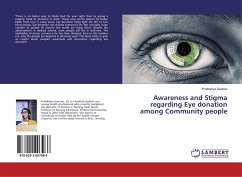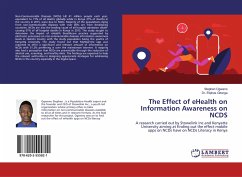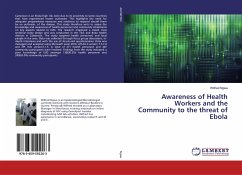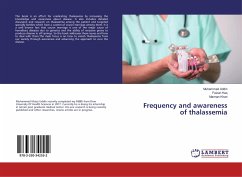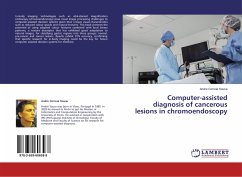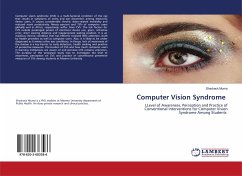
Computer Vision Syndrome
LLevel of Awareness, Perception and Practice of Conventional Interventions for Computer Vision Syndrome Among Students
Versandkostenfrei!
Versandfertig in 6-10 Tagen
27,99 €
inkl. MwSt.

PAYBACK Punkte
14 °P sammeln!
Computer vision syndrome (CVS) is a multi-factorial condition of the eye that results in symptoms of stress and eye discomfort among electronic device users. It causes considerable chronic vision-related morbidity and reduced work productivity. Ninety percent and 75% of computer users globally and in Africa, respectively, suffer from CVS. The risk factors for CVS include prolonged period of electronic device use, glare, refractive error, short viewing distance and inappropriate seating position. It is an insidious chronic condition that has hitherto received little attention, both by health pr...
Computer vision syndrome (CVS) is a multi-factorial condition of the eye that results in symptoms of stress and eye discomfort among electronic device users. It causes considerable chronic vision-related morbidity and reduced work productivity. Ninety percent and 75% of computer users globally and in Africa, respectively, suffer from CVS. The risk factors for CVS include prolonged period of electronic device use, glare, refractive error, short viewing distance and inappropriate seating position. It is an insidious chronic condition that has hitherto received little attention, both by health providers as well as computer users. Also, it is likely to be under diagnosed as it mimics other eye conditions. In Kenya, lack of awareness of the disease is a key barrier to early detection, health seeking and practice of preventive measures. The burden of CVS and how much computer users in learning institutions are aware of and perceive CVS remains unknown. The purpose of the proposed studywas to investigate the level of awareness, perception on CVS and practice of conventional preventive measures of CVS among students at Maseno University.





